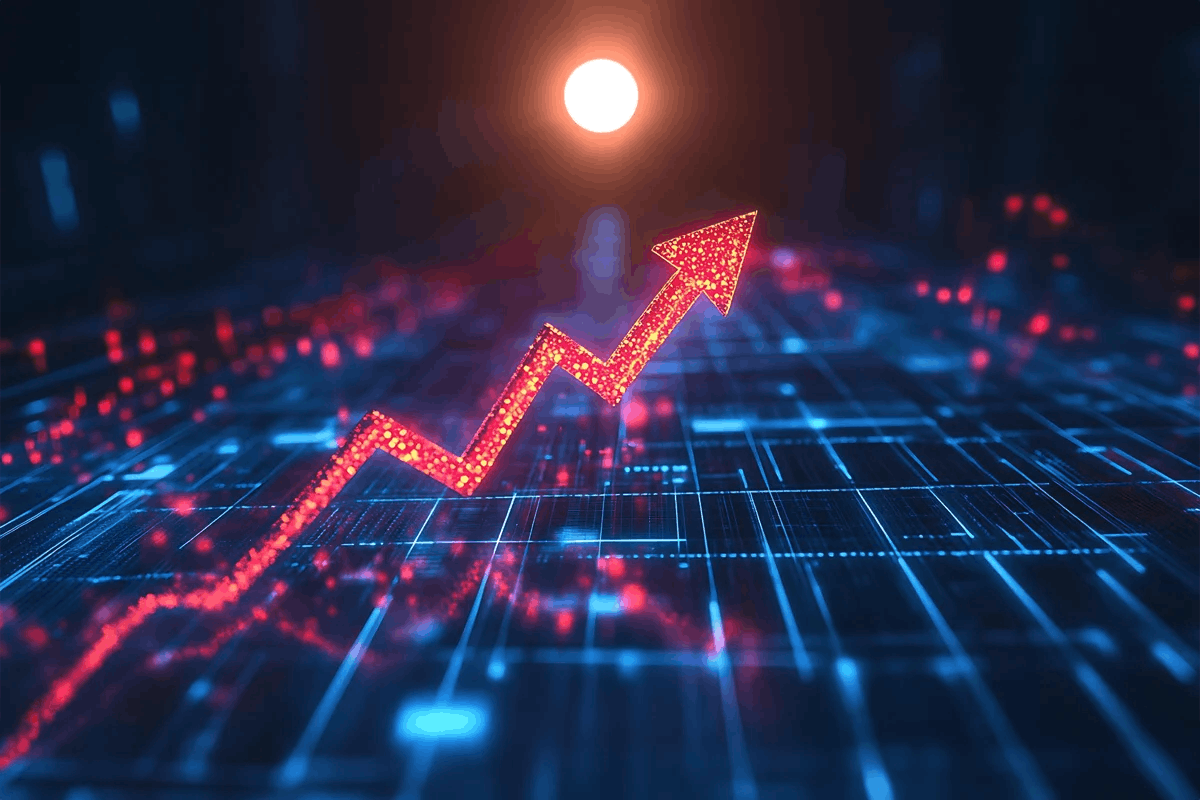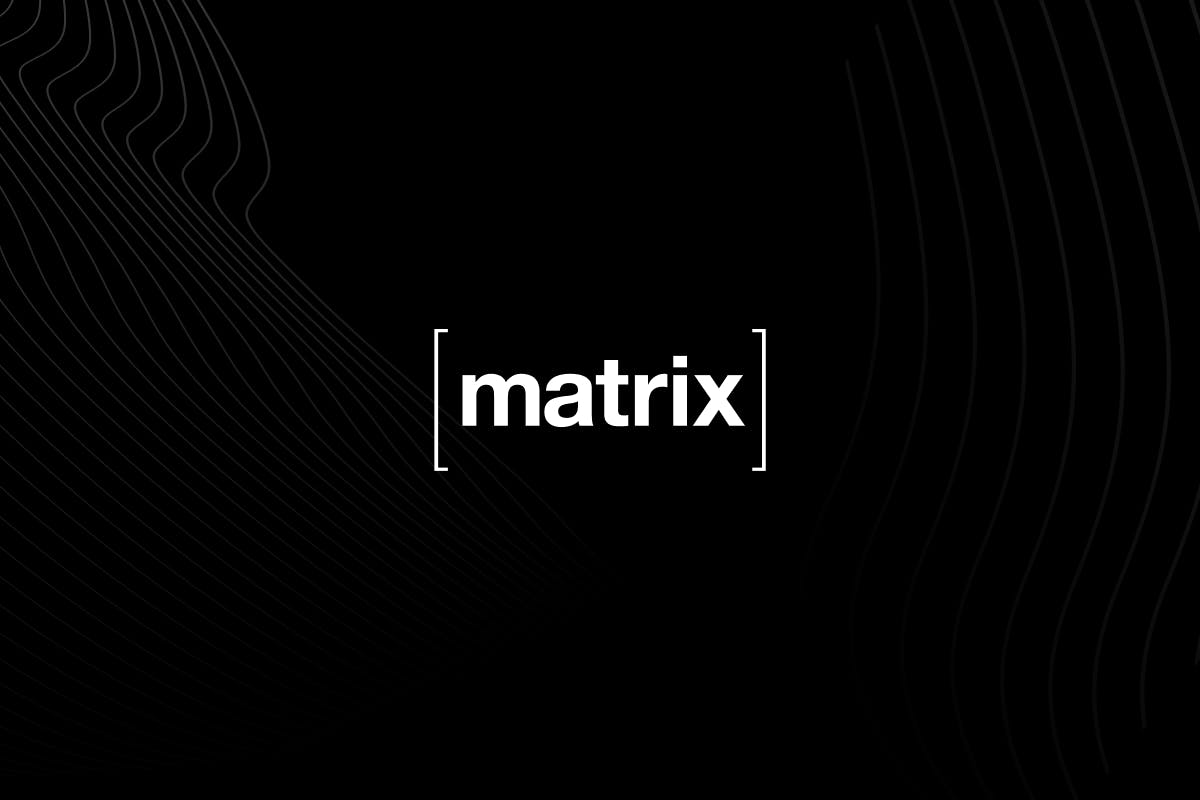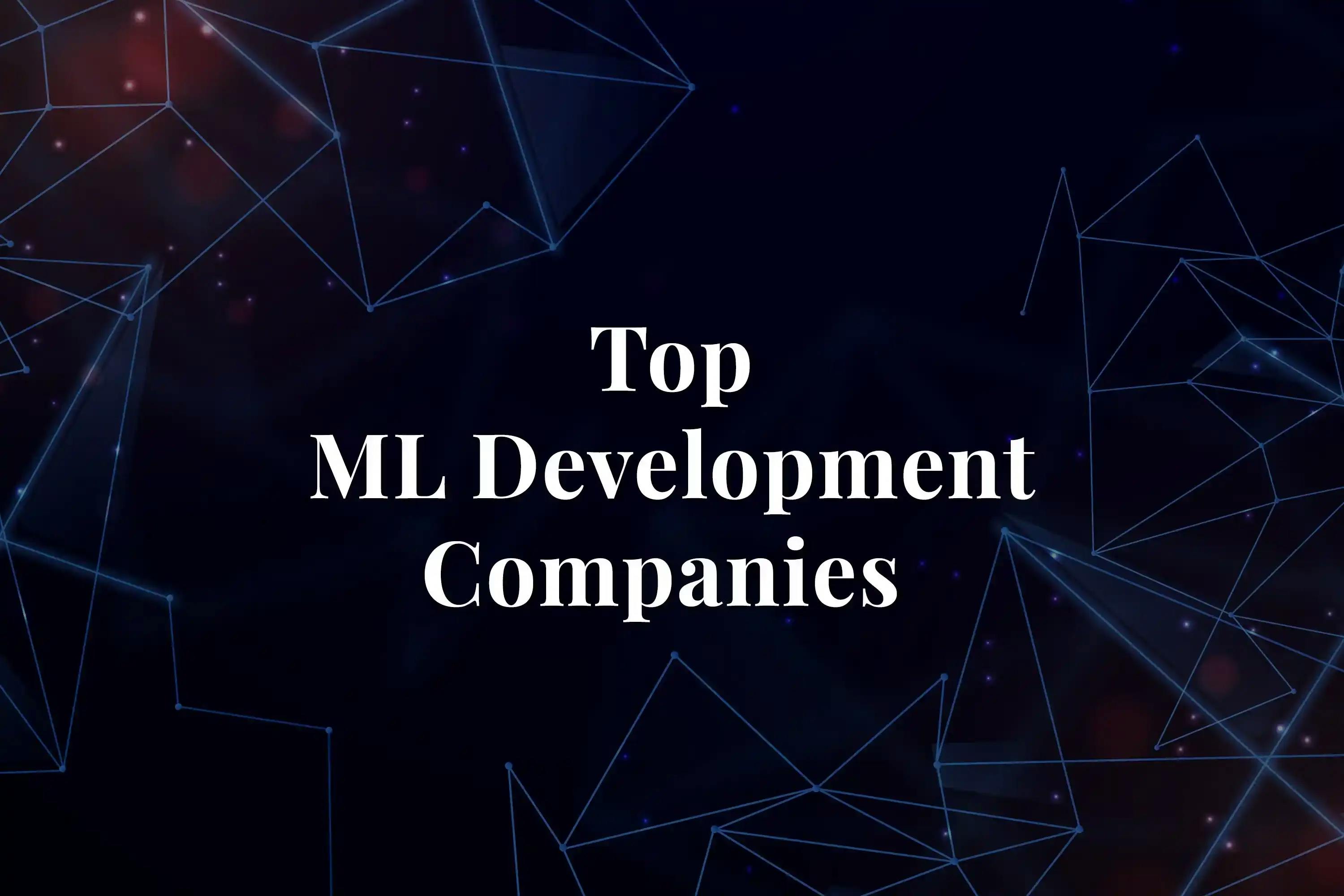Time series forecasting is a powerful technique that enables us to predict future trends based on historical data. From finance and sales to weather forecasting and demand planning, time series forecasting plays a vital role in decision-making across various industries. In this blog post, we will explore the concept of time series forecasting and delve into how machine learning can be leveraged to make accurate predictions, helping organizations anticipate future patterns and make informed decisions.
Understanding Time Series Forecasting
Time series data consists of observations recorded at regular intervals over time. The goal of time series forecasting is to analyze historical patterns and make predictions about future values. Unlike other types of machine learning tasks, such as classification or regression, time series forecasting takes into account the temporal dependencies inherent in the data.
Key Techniques and Considerations
- Seasonality and Trends
Seasonality refers to recurring patterns that repeat at fixed intervals, such as daily, weekly, or yearly. Seasonal decomposition techniques, such as additive or multiplicative decomposition, help separate the time series data into trend, seasonal, and residual components. This decomposition allows models to capture and account for the seasonal patterns in the data. - Differencing
Differencing involves taking the difference between consecutive observations to eliminate trends and make the data stationary. By removing the trend component, differencing allows models to focus on the remaining time-dependent patterns in the data. - Handling Data Sparsity
Imputation Techniques: When dealing with missing values in time series data, imputation techniques can be used to estimate and fill in the missing values. Common imputation methods include forward fill, backward fill, interpolation, or more sophisticated methods such as seasonal imputation or regression-based imputation. - Resampling
In some cases, time series data may have irregular time intervals. Resampling techniques, such as upsampling or downsampling, can be employed to standardize the time intervals. Upsampling involves increasing the frequency of the data, while downsampling reduces the frequency. Interpolation methods can be applied to fill in the gaps or aggregate values, respectively. - Handling Non-Stationarity
Differencing: As mentioned earlier, differencing can be used to transform non-stationary data into stationary data. By computing the difference between observations at different time lags, differencing helps stabilize the mean and variance of the data. - Detrending
Detrending techniques aim to remove the underlying trend in the data, allowing the model to focus on the remaining stationary component. This can be done using regression analysis or smoothing techniques, such as moving averages or exponential smoothing. - Model Selection
Autoregressive Integrated Moving Average (ARIMA): ARIMA models are widely used for time series forecasting. ARIMA combines autoregressive (AR), moving average (MA), and differencing (I) components to capture the temporal dependencies, moving averages of past errors, and the transformation of non-stationary data into stationary form. - Seasonal ARIMA (SARIMA)
SARIMA extends the ARIMA model to incorporate seasonal patterns in the data. It considers seasonal differencing and autoregressive and moving average components at seasonal lags in addition to the non-seasonal components. - Exponential Smoothing (ETS)
ETS models utilize exponentially weighted averages of past observations to forecast future values. They can handle trend and seasonality variations and are particularly useful for short-term forecasting. - Recurrent Neural Networks (RNN) and Long Short-Term Memory (LSTM)
Deep learning models like RNNs and LSTMs have shown promising results in time series forecasting. These models can capture long-term dependencies and temporal patterns in the data. LSTMs, in particular, are well-suited for sequences with long-term dependencies and are effective in handling time series data.
How Time Series Forecasting works
- Data Collection
The first step is to gather historical data related to the phenomenon or variable of interest. This could be data on sales, stock prices, website traffic, weather measurements, or any other domain-specific data. - Data Preprocessing
Once the data is collected, it needs to be prepared for analysis. This step involves handling missing values, dealing with outliers, and ensuring the data is in a suitable format for time series analysis. The data may also need to be transformed or standardized to improve model performance. - Exploratory Data Analysis (EDA)
EDA involves visualizing and understanding the characteristics of the time series data. This step helps identify patterns, trends, seasonality, and any other underlying structures that may influence the forecast. Techniques such as autocorrelation plots, trend analysis, and decomposition can provide insights into the data. - Train-Test Split
Before building a forecasting model, it is essential to split the data into training and testing sets. The training set contains historical observations up until a certain point in time, while the testing set includes future observations that will be used to evaluate the model’s performance. - Feature Engineering
Feature engineering involves creating informative input variables, known as features, that can improve the forecasting model’s performance. This may include incorporating lagged variables (past values of the target variable), moving averages, or other domain-specific transformations that capture important temporal relationships. - Model Selection
The choice of a forecasting model depends on the characteristics of the data and the forecasting objectives. Various models can be used, such as Autoregressive Integrated Moving Average (ARIMA), Seasonal ARIMA (SARIMA), Exponential Smoothing (ETS), or more advanced models like Recurrent Neural Networks (RNNs) and Long Short-Term Memory (LSTM) networks. - Model Training
Once the model is selected, it is trained using the training data. The model learns from the historical patterns in the data to capture the underlying relationships and dependencies. The specific training algorithm and optimization process depend on the chosen model. - Model Evaluation
After training the model, it is evaluated using the testing set. This step involves comparing the model’s predictions against the actual values in the test set to assess its accuracy. Common evaluation metrics include mean absolute error (MAE), mean squared error (MSE), or root mean squared error (RMSE). - Forecasting
Once the model is trained and evaluated, it can be used to generate future predictions. The trained model takes the available historical data as input and produces forecasts for future time points. The forecasting horizon can range from short-term predictions to long-term projections, depending on the specific application. - Model Updating and Iteration
Time series forecasting is an iterative process. As new data becomes available, the model can be updated and retrained to incorporate the latest observations. This allows the forecast to adapt and improve over time.
Challenges in Time Series Forecasting
- Seasonality and Trends
Time series data often exhibit seasonal patterns and long-term trends that need to be considered when building forecasting models. These patterns may require specific techniques such as seasonal decomposition or differencing to capture and account for their effects. - Data Sparsity
Time series data may contain missing values or irregular time intervals. Dealing with data sparsity requires appropriate imputation techniques or handling methods tailored to the specific domain. - Non-Stationarity
Time series data that does not exhibit stationarity, where the statistical properties change over time, can pose challenges. Techniques like differencing or detrending may be necessary to stabilize the data and make it suitable for modeling. - Model Selection
Choosing the right model for time series forecasting depends on the specific characteristics of the data and the problem at hand. It requires an understanding of the strengths and limitations of different models and the ability to select the most appropriate one for the given context.
Conclusion
In conclusion, time series forecasting is a valuable technique that enables organizations to predict future trends and make informed decisions based on historical data. By leveraging techniques such as seasonality and trend analysis, data preprocessing, feature engineering, and selecting appropriate forecasting models such as ARIMA, SARIMA, ETS, or deep learning models like RNNs and LSTMs, organizations can gain valuable insights into future patterns and optimize their decision-making processes.
At Codiste, we specialize in developing advanced machine learning models for time series forecasting. Our team of experts understands the intricacies of time-dependent data and employs state-of-the-art techniques to deliver accurate and reliable predictions. Whether it’s optimizing inventory management, predicting customer demand, or forecasting market trends, our tailored solutions can help your business stay ahead of the curve.
Contact us at Codiste to unlock the power of time series forecasting and transform your organization’s decision-making with the help of cutting-edge machine learning techniques. Let us drive your business toward a future of data-driven success.






